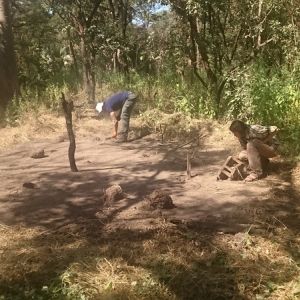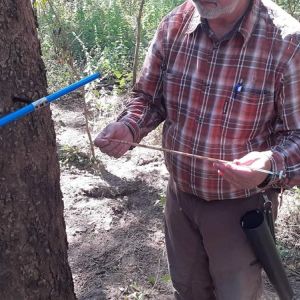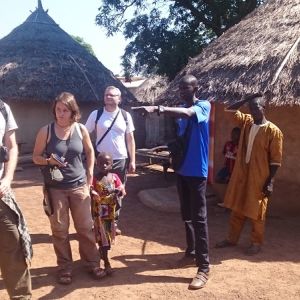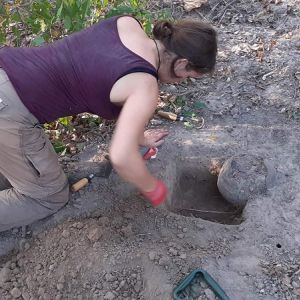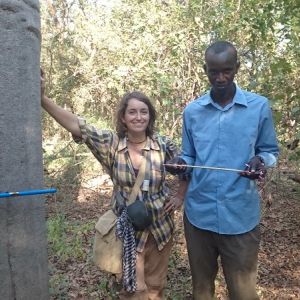Expedition to Senegal - research of extinct villages
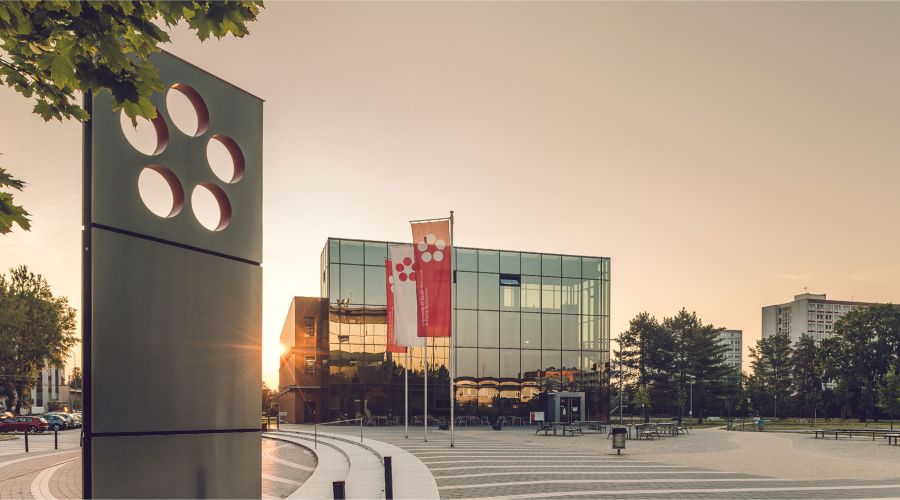
The research of extinct villages in Senegal and traces in savanna from the point of view of archeology and botany.
Ethnoarchaeological and ethnobotanical research of the University of South Bohemia in České Budějovice in the West African Senegal has already been underway for one week. The research team consists of specialists from the field of archeology, botany, and anthropology from the Archeological Institute of the Faculty of Arts USB, the Laboratory of archaeobotany and paleoecology of the Faculty of Science USB, the University in Dakar and the Faculty of Environmental Sciences of Czech University of Life Sciences in Prague.
The aim of this expedition is the research of extinct villages that have been since 1954 displaced because of the widening of the National park Niokolo-Koba. The team of South Bohemia concentrated the first week on the area of the former village Niemenike. They made there an archeological testing probe in an extinct house with a ritually placed ceramic jar. They will also take the soil sampling probes that could provide them with interesting information about the use of different parts of the village. Very important is also the dendrochronological exploration of the village trees that can tell us more about the relations of local inhabitants to the environment. The research team also visited the “living” villages Tambanoumouya and Gamon for better understanding of the West African animistic interpretation of the world. In these villages, they got to know important rituals whose traces could be found also in the extinct villages. It all creates an interesting evidence about a traditional African village that has recently been going through significant changes.
Authors Jaromír Beneš and Tereza Majerovičová
